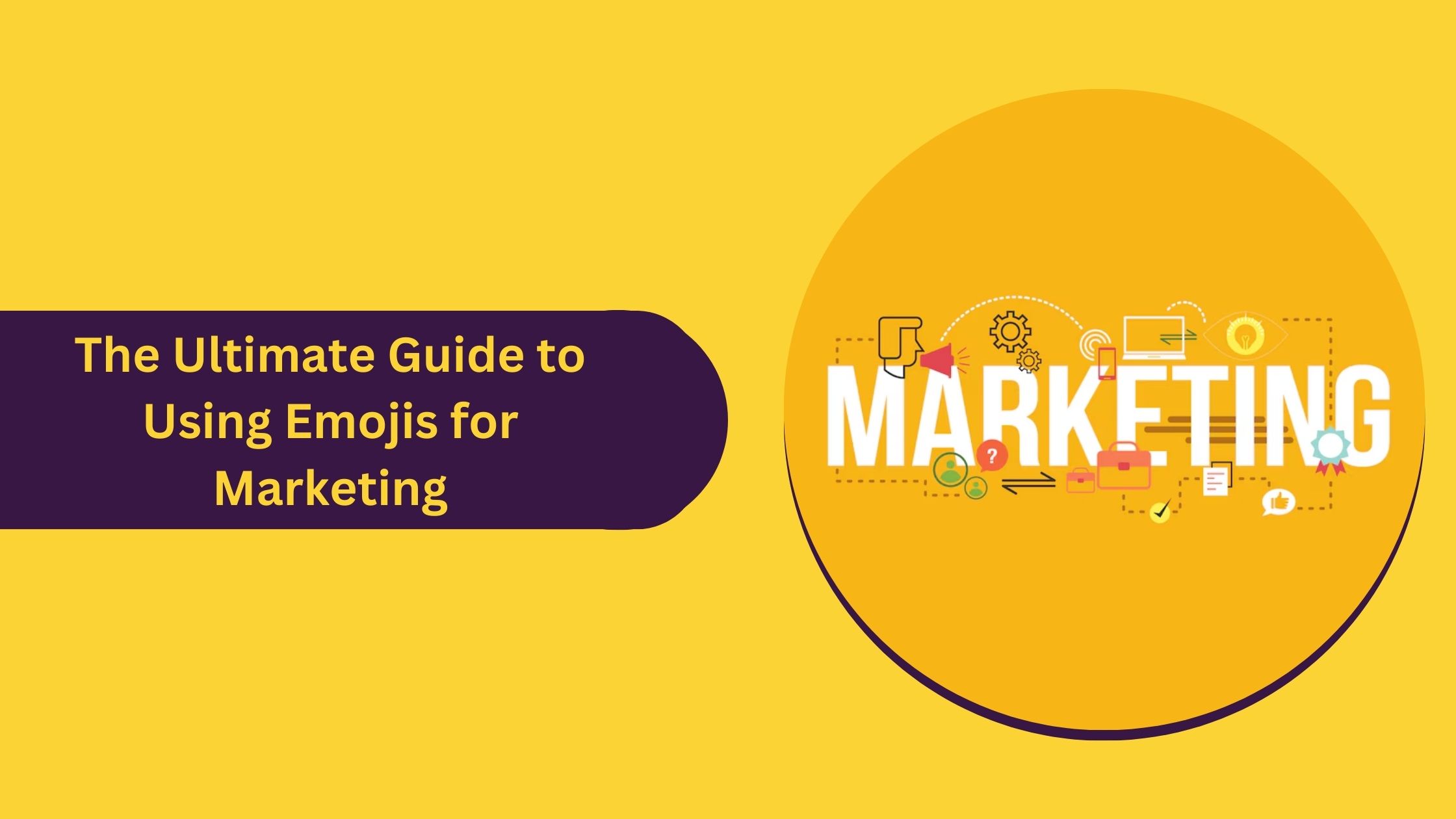In the digital area, emojis have become more than playful symbols to enhance personal communication. They have evolved into powerful marketing tools that brands can use to connect with their audience, convey emotions, and boost engagement. Each symbol, from smiley faces emojis to heart emojis, has a unique charm and purpose. Let’s explore how to use emojis effectively in your marketing strategies.
Understanding the Impact of Emojis
Emojis break language barriers by adding context and emotional depth to text. Studies have shown that posts with emojis have higher engagement rates than those without. They make your content feel more relatable and human, particularly valuable in an era where authenticity drives consumer trust.
Choosing the Right Emojis
The success of emoji usage lies in choosing symbols that align with your brand message. Here’s a breakdown of common emoji categories and how they can be used effectively:
- Smiley Emojis
- Ideal for adding warmth, positivity, and a sense of friendliness to your messages.
- Example: A smiling face can soften promotional language or improve customer interactions.
- Heart Emojis
- Perfect for expressing love, gratitude, or enthusiasm.
- Example: A red heart emoji in customer appreciation posts can evoke feelings of loyalty and connection.
- Object Emojis
- It is useful for emphasizing specific themes or campaigns, such as a gift box for holiday promotions or a calendar for event reminders.
- Example: Incorporating a plane emoji in travel ads can instantly communicate wanderlust and adventure.
- People Emojis
- These add a human element to your marketing, making your brand’s messages more personable.
- Example: A waving hand emoji can make your brand’s welcome messages more engaging.
Platforms Where Emojis Work Best
Not all platforms are created equal when it comes to emoji use. Here’s how you can integrate them across different channels:
- Social Media Emojis are a staple on platforms like Instagram, Twitter, and Facebook. They make captions pop and foster engagement.
- Email Marketing: Adding emojis to subject lines can increase open rates. Ensure the emoji aligns with your message to avoid looking unprofessional.
- Push Notifications: A well-placed emoji in push notifications can grab attention and encourage clicks.
- Chatbots and Customer Service Emojis can help create a conversational tone, making automated responses feel more personalized.
Best Practices for Using Emojis
- Know Your Audience
- Understand your audience’s preferences and cultural nuances. For example, some emojis might have different meanings in various regions.
- Keep It Relevant
- Use emojis that complement your message. Random or excessive use can make your brand appear unprofessional.
- Test and Analyze
- Experiment with different emojis to see what resonates best with your audience. Use analytics to measure their impact on engagement.
- Maintain Accessibility
- Ensure that your content remains accessible to users who rely on screen readers—To avoid confusion, place emojis after sentences or sparingly within text.
Avoid Common Pitfalls
While emojis are fun and engaging, misuse can backfire. Here are some mistakes to avoid:
- Overloading Emojis: Too many emojis can make your message cluttered and hard to read.
- Ignoring Context: Ensure the emoji’s meaning aligns with your message to prevent misinterpretation.
- Relying Solely on Emojis: Emojis should enhance, not replace, your core message.
Case Studies: Successful Emoji Marketing
- Coca-Cola
- Coca-Cola used a branded emoji on Twitter as part of a global campaign. It created a buzz and increased social interactions.
- Domino’s Pizza
- Domino’s allowed customers to order pizza by tweeting a pizza slice emoji. This innovative use of emojis simplified the ordering process and increased engagement.
- WWF (World Wildlife Fund)
- WWF launched a campaign using animal emojis to raise awareness about endangered species. Each emoji represented a donation, combining engagement with a noble cause.
Final Thoughts
Emojis offer a unique way to connect with your audience by adding personality and emotional depth to your communication. Whether using a smiley emoji to make your posts more cheerful or a heart emoji to express gratitude, remember to use them thoughtfully and strategically. With careful planning and analysis, emojis can become a valuable asset in your marketing toolkit. You can use emojis for SEO also,
